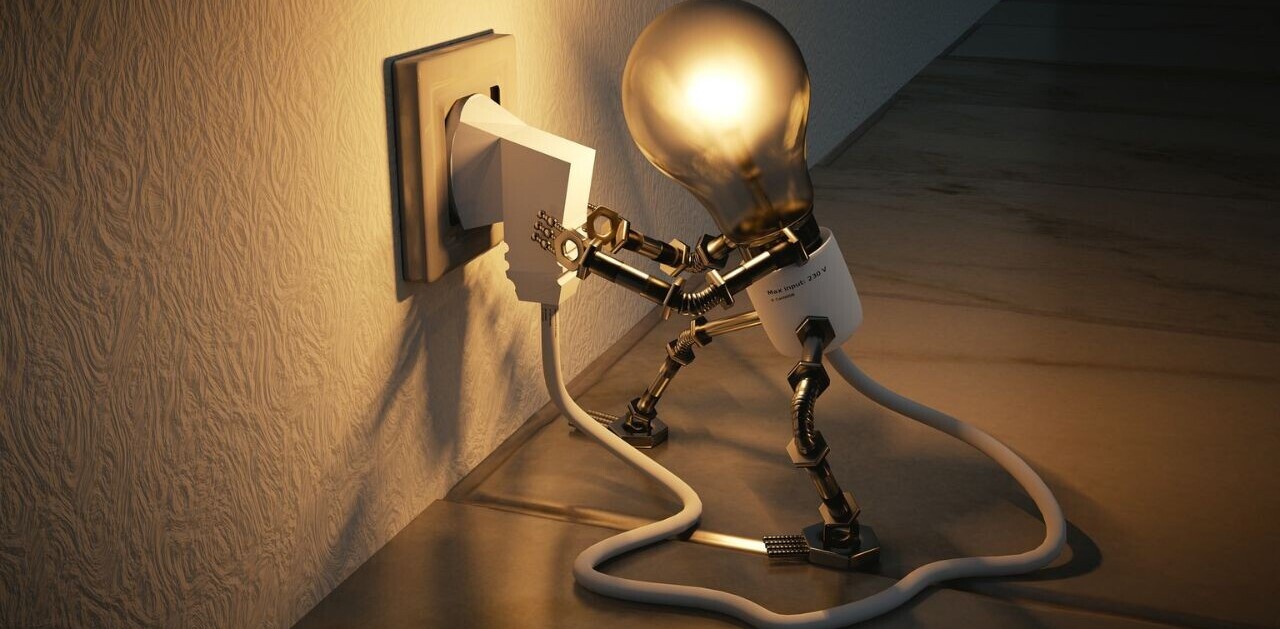
While I’m convinced 2011 will ultimately go down in history as the year the groundbreaking motion picture “Cowboys & Aliens” was released, it bears mentioning that it was also the year in which the first commercial quantum computer officially went online.
You can dispute whether Daniel Craig’s turn as an alien-fighting gold thief with amnesia is worthy of such high praise, but there’s no debating that D-Wave’s a bonafide pioneer in the world of quantum computing.
Dubbed the “D-Wave One” (two years before the Xbox One gaming system came out), the company’s first production model was a quantum annealing system designed to attack optimization problems.
Over a decade later, the company is working on the “Advantage Two.” Not counting prototypes, it’ll be the outfit’s sixth major quantum computing system.
Advantage Two will be a quantum-annealing system featuring a whopping 7,000 functioning qubits.
That’s a lot of qubits
For folks who’ve followed quantum computing news, that “7,000 functioning qubits” figure might look like a typo. The largest gate-based model we’re aware of is QuEra’s 256-qubit neutral atom system.
But D-Wave’s system uses a different technology.
As Rebel Brown, a marketer whose blog I found at random, explains quite eloquently:
One way to understand the difference between the two types of quantum computer is that the gate model quantum computers require problems to be expressed in terms of quantum gates, and the quantum annealing computer requires problems to be expressed in the language of operations research problems.
But don’t just take Brown’s word for it. The two kinds of quantum computers are as different as night and day. Where gate-based models are still more research than function, D-Wave’s annealing systems have been solving problems for decades.
As Murray Thom, VP of product management for D-Wave, put it in a recent interview with Neural:
Our focus is 100% on commercial use-cases and bringing value to our customers.
And that means using quantum computers to provide solutions right now. Quantum annealing does that because, as Thom told us, it’s “really the only way to approach optimization problems.”
The right tool for the job
However there are more than just optimization problems out there that need solving. Advantage Two should be able to, for example, help medical facilities optimize nurse and physician schedules across massive geographic areas during disasters and outbreaks.
But it won’t be as useful as a gate-based quantum computer when it comes to running quantum simulations for challenging problems such as drug discovery.
Ideally, you’d be able to use both. But gate-based systems are experimental at best. Until recently, with the launch of its Clarity Roadmap, D-Wave’s been content to be a quantum-annealing company in the streets and a cutting-edge research org in the lab.
“We feel that the time is now.”
That all changed last year when D-Wave unveiled its ambitions to combine gate-based technologies with annealing systems using cloud-based portals and tailored software solutions.
Thom told us that D-Wave is convinced that the time is now. Not just for its own stockholders (the company’s in the process of going public) but for the entire industry.
According to Thom:
From 2017-2018 to now there has been this explosion in … quantum computing tools and getting people access to them. This next phase is going to be the rapid expansion point.
The quantum computing market is expected to triple in the next three years. While there’s certainly room for everyone, not all market shares are created equal.
D-Wave’s already secured its position as the front-runner in quantum optimization solutions. The addition of gate-based systems through separate or integrated stacks could potentially provide its customers with the world’s only one-stop shop for spooky-action-at-a-distance-as-a-service.
Neural’s take: It’ll be interesting to see if D-Wave’s ambitions and experience can overcome Google’s hunger and bankroll or IBM’s sheer tenacity when it comes to pressing an advantage in the field.
At the end of the day, a rising tide lifts all vessels. We’re probably further away from quantum computing companies competing for clients than we are from useful gate-based systems. For now at least, there’s plenty of quantum problems to go around.
Get the TNW newsletter
Get the most important tech news in your inbox each week.




